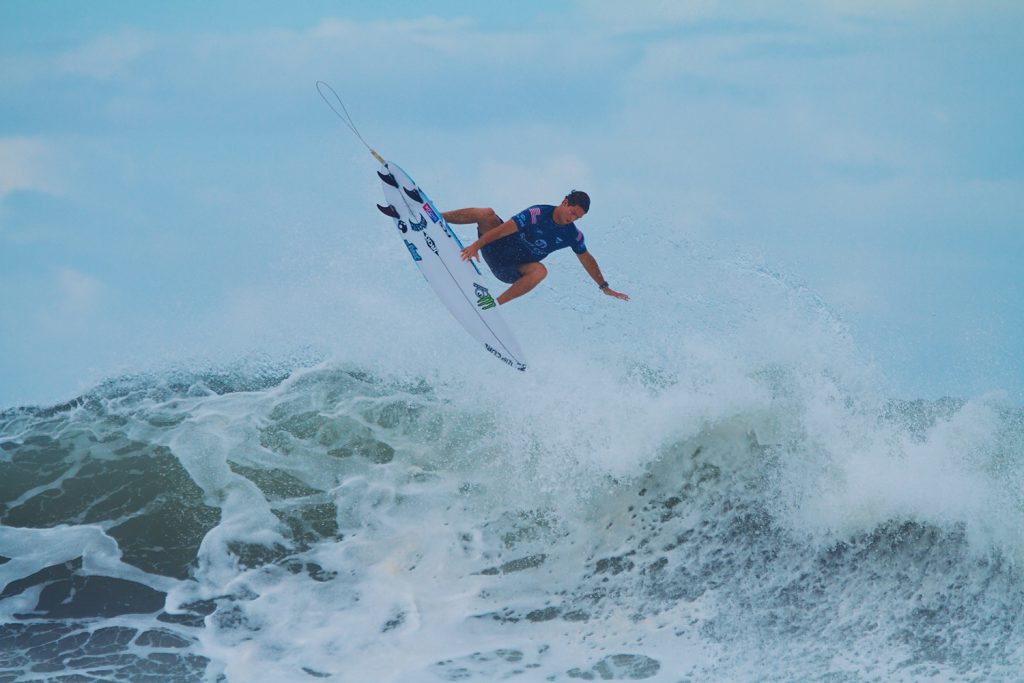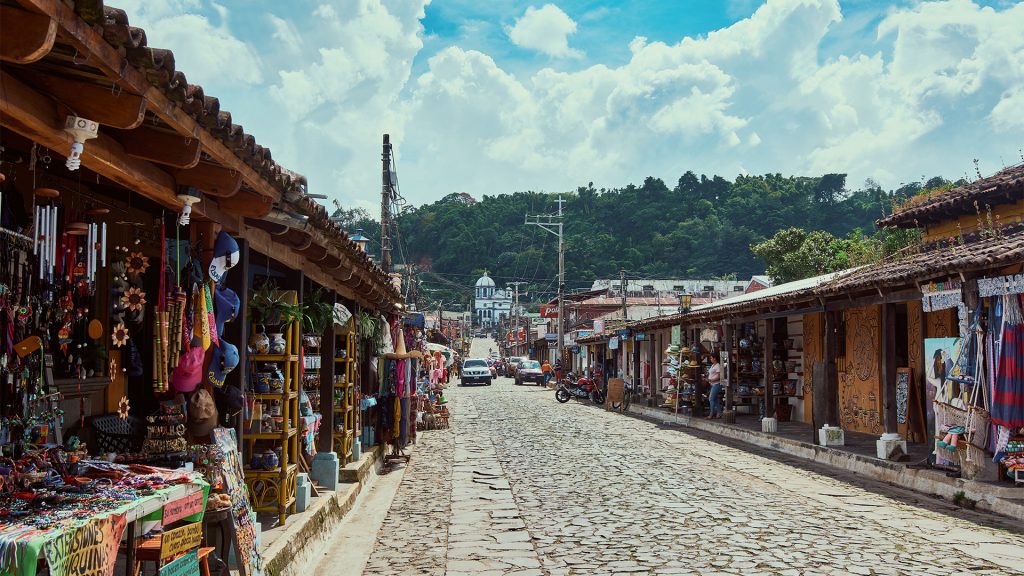Today begins the Agostinas Festivities, the main festivities in honor of San Salvador, the Divine Savior of the World, a tradition of our country that is celebrated annually from August 1 to 6 and attracts thousands of believers and visitors.
This celebration represents the largest and most traditional celebration in El Salvador, during which religious acts and entertainment activities with music, fireworks, parades and parties take place.
If you want to get up close and discover some of the most ancestral traditions of our country, you can’t miss this festival. We explain more:
A bit of history
The origin of the Agostinas Festivities dates back to the year 1528 with the foundation of El Salvador, which was named “Province of Our Lord Jesus Christ, The Savior of the World”. However, some documentary sources indicate that before 1777, devotion to the Holy Trinity, instead of the Divine Savior of the World, predominated in El Salvador.
Throughout the history of El Salvador, there have been many variations in the dates and customs of this celebration, ranging from civic, religious or military character.
It was not until the 18th century when fairs began to be held during these festivities and it became the popular festival that we celebrate today.
Calendar of the Agostinas Festivities
The festivities begin on August 1st with the Parade of the Mail that announces to the Salvadorans the beginning of the festivities. The parade begins at the Plaza Divino Salvador del Mundo in San Salvador, which contains the Monument to the Divine Savior of the World that is considered the national symbol of this country. This parade includes peace bands, decorated floats and the Viejos de Agosto, colorful masked characters representing mythological figures of El Salvador, who parade through the main streets of the capital.
On August 3, the Parade of Commerce is also celebrated in the capital, an event promoted by the Government of San Salvador to support merchants and businesses. In this parade thousands of attendees enjoy the colorful market floats, the cachiporras, peace bands and the products offered in the streets.
On August 5, the traditional act of La Bajada takes place, a procession in which the figure of Christ is carried from the Basilica of the Sacred Heart of Jesus, one of the most emblematic temples of San Salvador, to the Metropolitan Cathedral, located in the center of the city. At this same point in the afternoon, the ceremony of the transfiguration of Jesus takes place.
Finally, as a closing event, a solemn mass is celebrated on August 6 at the Metropolitan Cathedral, the main church of the Catholic Archdiocese of San Salvador, and seat of the metropolitan archbishop.
Other activities
Although it is a festivity of religious origin, the Agostinas Festivities also represent an opportunity to learn firsthand the culture of El Salvador and its customs. In addition to religious ceremonies, many other popular events are held, including musical performances, parties, games and traditional food.
One of our recommendations is that you visit the fairgrounds, titled this year as “Sivar Land” located in the area of the Cuscatlán Stadium. This is a soccer stadium located in the city of San Salvador and can hold 53,400 spectators, making it the stadium with the largest fan capacity in Central America and the Caribbean. Here, food fans will be able to enjoy a wide gastronomic offer of typical dishes such as pupusas, elotes or tamales; and adrenaline lovers and families will be able to have fun with mechanical games, roller coasters and children’s rides.
In addition to seeing and participating in these activities, we also recommend sightseeing throughout the country to see all that El Salvador has to offer: charming villages, wild vegetation, long beaches and great waves for surfing.
At Surf City El Salvador we are looking forward to enjoy this party and all its activities.
Join us to learn about the most Salvadoran customs!



